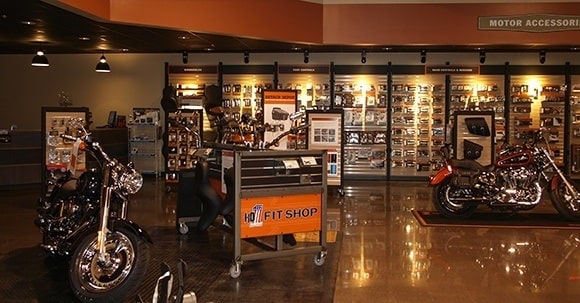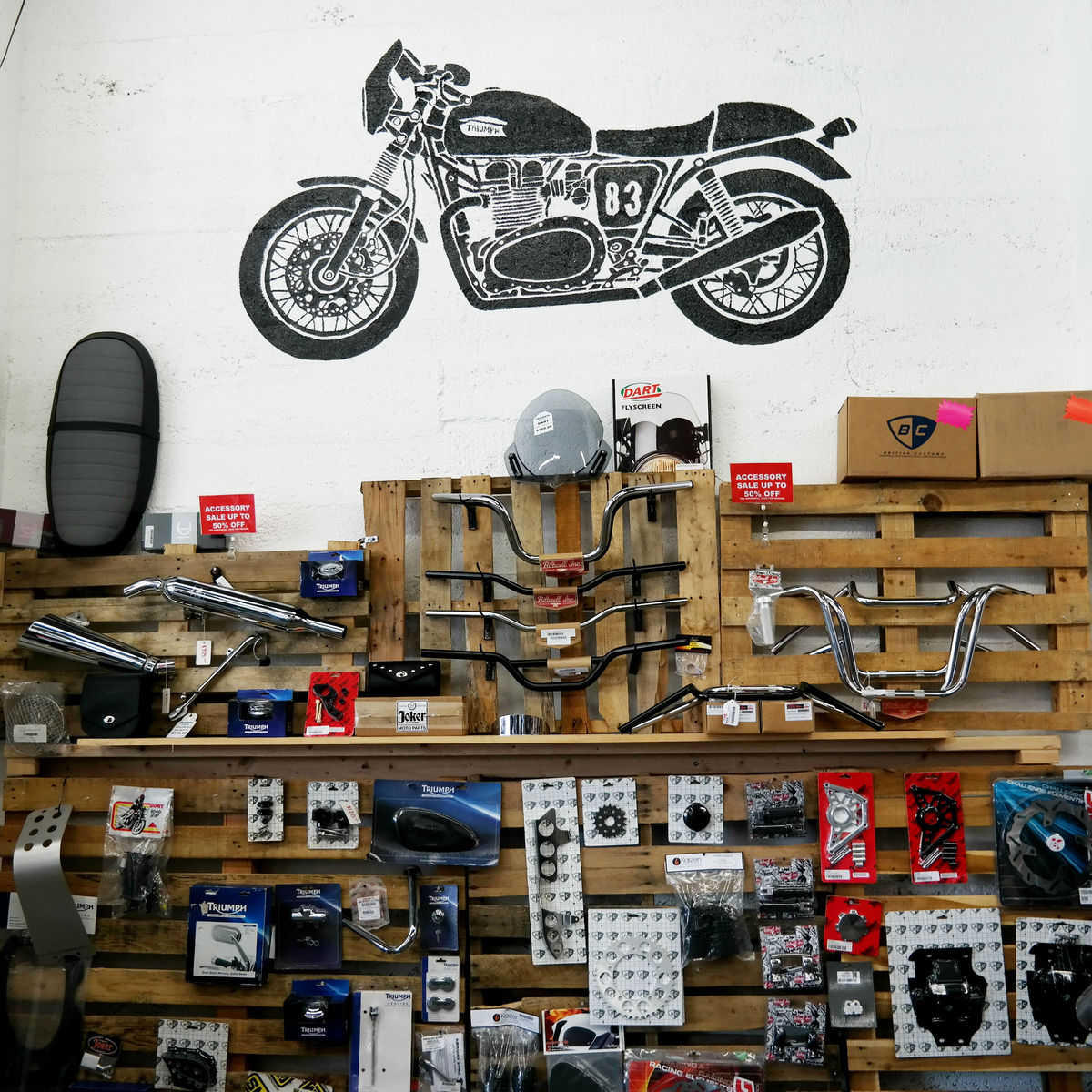Top MX Gear NZ: Get Ready for Your Next Off-Road Journey
Top MX Gear NZ: Get Ready for Your Next Off-Road Journey
Blog Article
Grasping Motorcycle Gears: How to Enhance Your Riding Experience
In the world of motorcycling, mastering the art of equipment control is critical for boosting your riding efficiency. Appropriately comprehending and utilizing motorbike gears can dramatically influence acceleration, control, and fuel efficiency, transforming an ordinary adventure right into a seamless, exciting journey. By incorporating exact shift timing and adapting gear option to different road problems, motorcyclists can guarantee optimum engine efficiency and safety. The subtleties of clutch control, throttle sychronisation, and gear auto mechanics bid a deeper expedition, promising to unlock the complete potential of your machine. Just how can these techniques be taken advantage of to truly maximize your riding experience?
Understanding Equipment Mechanics
At the core of motorbike characteristics, equipment technicians play a critical function in converting engine power into motion, ultimately determining speed and control. The gear proportions, thoroughly designed, establish the partnership between engine revolutions and wheel turns, impacting acceleration and fuel effectiveness.
Comprehending equipment technicians starts with recognizing the importance of the gearbox, which houses numerous gears of varying sizes. These gears communicate with a process recognized as meshing, where teeth of different gears involve to transmit power.
Additionally, the principle of equipment moving is essential to making the most of efficiency. Timely and smooth shifts make sure that the engine runs within its optimal power band, preventing unneeded stress and boosting longevity (motocross gear nz). By understanding these mechanical ins and outs, cyclists can accomplish an unified blend of power, control, and performance, elevating their riding experience
Timing Your Shifts
Change timing proficiency is vital for enhancing bike efficiency and improving the riding experience. Appropriately timed shifts ensure that the engine runs within its ideal power band, which is important for keeping control, achieving smooth velocity, and making sure the longevity of the bike. Cyclists should develop an instinctive sense of when to change gears, which involves comprehending the relationship in between engine revolutions per min (RPM) and speed.
To grasp shift timing, pay attention to the engine's noise and really feel, as these provide vital hints concerning when to alter equipments. When the engine approaches the top range of its power band without getting to the redline, the ideal change factor typically occurs - mx parts nz. Shifting prematurely can lead to an absence of power, while changing too late may trigger unneeded engine stress
Additionally, road conditions and riding style impact change timing. In urban settings, smoother and extra constant changes might be necessary to browse traffic effectively. On the other hand, during highway riding, less shifts at higher speeds can be more appropriate. Practicing in different atmospheres will certainly improve your capability to time shifts specifically, inevitably boosting your riding experience to an expert level.
Enhancing Gas Performance
While grasping bike gears is critical for performance, enhancing gas efficiency is similarly vital for both ecological and financial reasons. Optimal fuel usage not just minimizes functional expenses but also minimizes the ecological impact of riding. To attain this, one need to comprehend the elaborate relationship in between gear selection and engine efficiency.
First of all, choosing the best gear at proper speeds can significantly influence fuel intake. Riding in a higher equipment at lower rates can bring about engine lugging, which is damaging to both gas economic situation and engine health. On the other hand, riding in reduced gears at high speeds causes unneeded fuel usage. Therefore, maintaining an optimum equilibrium by shifting equipments in alignment with roadway conditions and expected maneuvers is vital.
Furthermore, regular maintenance plays a crucial function in gas efficiency. Ensuring that the bike is well-tuned, with clean air filters and properly inflated tires, can decrease and boost aerodynamics fuel waste. Embracing a riding style that accepts steady velocity and smooth slowdown can contribute YOURURL.com to better gas economy.

Techniques for Smooth Transitions
Accomplishing smooth equipment transitions is essential to improving the riding experience and guaranteeing the durability of a motorcycle's transmission system. Correct gear changing not just contributes to a seamless experience but also minimizes deterioration on the mechanical components. To grasp the art of smooth changes, riders must focus on a few essential techniques.

Secondly, clutch control plays an essential function. Engaging and disengaging the clutch smoothly calls for method. The clutch bar must be released slowly, enabling a smooth transfer of power from the engine to the wheels without creating a jolt or abrupt activity.

Adapting to Road Conditions
Navigating diverse roadway problems is a vital skill for any kind of motorcyclist aiming to preserve control and safety. Whether you're riding on damp surfaces, gravel roads, or navigating sharp turns, your capacity to adapt your gear use and riding strategy is critical. Comprehending how to readjust your gears properly can dramatically affect grip and stability, ensuring a more secure trip.
On wet roads, it is recommended to keep higher gears to decrease torque and reduce wheel spin. This approach assists maintain grip on unsafe surfaces, allowing for smoother acceleration and slowdown. In contrast, when riding on crushed rock or irregular surface, lower gears are preferable. Reduced gears provide far better control and allow you to respond more quickly to unanticipated changes in the roadway surface.
Sharp contours require precise equipment monitoring to balance speed and control. Downshifting before entering a curve can aid preserve momentum while ensuring the bike stays stable throughout the turn. Regular technique in varied conditions improves your capability to respond and forecast to changes in roadway texture and slope.
Verdict
Grasping motorcycle gears significantly enhances the riding experience by enhancing control, acceleration, and fuel efficiency. A comprehensive understanding of gear technicians and accurate shift timing guarantees the engine runs within its optimum power band, while smooth transitions with reliable clutch and throttle coordination boost comfort and performance. Adjusting equipment option to numerous road conditions, such as making use of higher gears on wet surface areas and reduced equipments on gravel, more enhances handling and safety and security. Eventually, these skills elevate the general journey.
Comprehending equipment mechanics starts with identifying the significance of the transmission, which houses multiple gears of differing sizes. These gears communicate via a process known as meshing, where teeth of various article source equipments involve to send power (motocross gear nz). Mild modifications to the throttle during gear shifts can stop jerky useful reference movements and maintain a consistent riding pace
Whether you're riding on wet surface areas, gravel roads, or navigating sharp turns, your capability to adjust your gear usage and riding strategy is paramount. Adapting equipment choice to various road problems, such as utilizing higher equipments on damp surfaces and lower gears on gravel, further enhances handling and safety and security.
Report this page